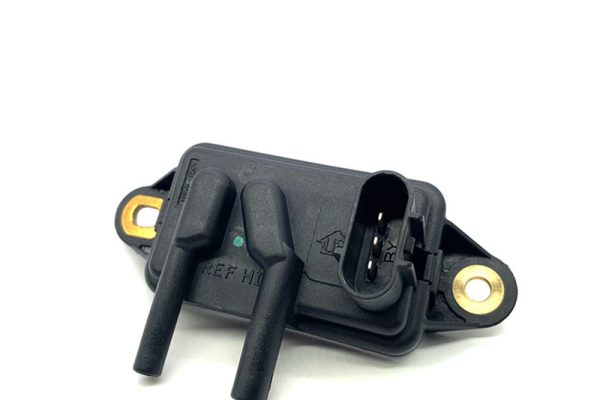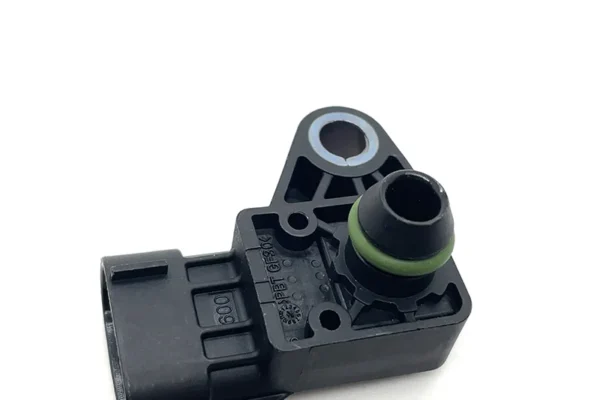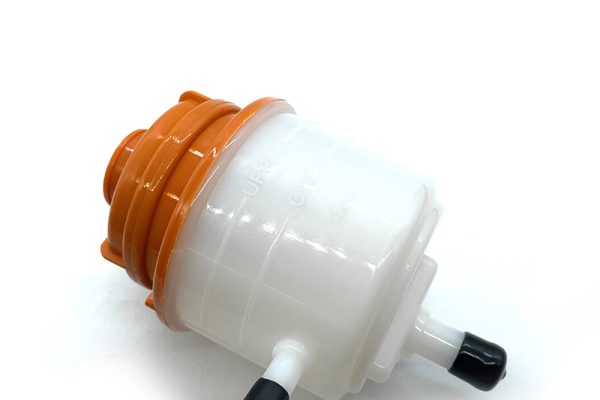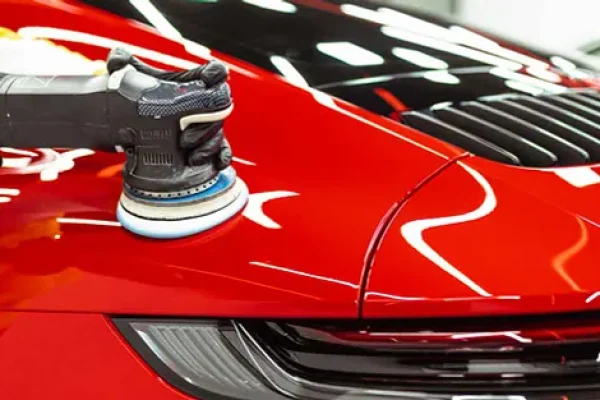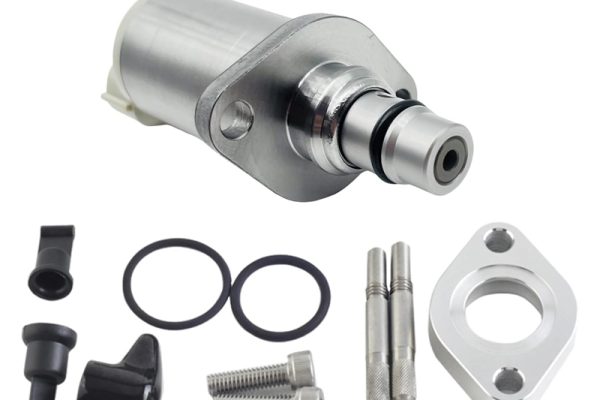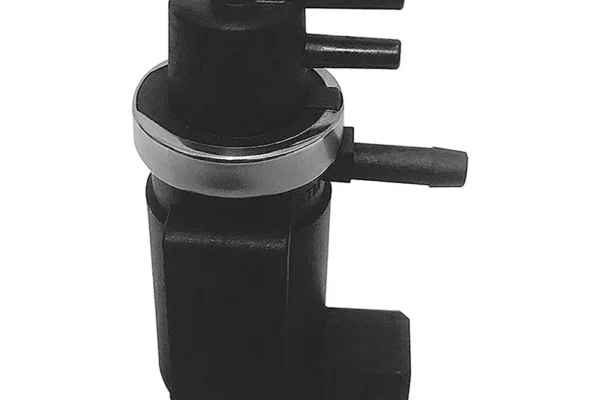Introduction: Why Air Intake Sensors Matter in Automotive Systems
In the modern automotive industry, every component inside an engine management system plays a critical role in ensuring performance, reliability, and efficiency. Among these essential components is the Air Intake Sensor. This small but vital part monitors the airflow entering the engine, enabling the electronic control unit (ECU) to adjust the air-fuel mixture for optimal combustion.
When an Air Intake Sensor operates properly, vehicles benefit from smoother acceleration, improved fuel efficiency, and reduced emissions. However, if the sensor begins to fail, the consequences can be costly for both vehicle operators and the businesses that depend on reliable automotive components.
For B2B buyers, such as automotive distributors, repair service providers, and aftermarket parts suppliers, understanding the impact of a faulty Air Intake Sensor is crucial. A bad sensor does not only affect vehicle performance; it also influences supply chain operations, customer satisfaction, and long-term business reliability.
This article explores the signs of a failing sensor, its consequences, and the importance of adopting the right replacement and maintenance strategies for sustainable business growth.
Common Signs of a Faulty Air Intake Sensor
A failing Air Intake Sensor can manifest in several ways. Recognizing these early indicators helps businesses and mechanics diagnose issues quickly and recommend effective solutions.
Unstable engine behavior
One of the most common symptoms is erratic engine performance. Drivers may experience rough idling, inconsistent acceleration, or sudden hesitation during gear shifts. These issues often trace back to inaccurate airflow readings provided by the intake air sensor.
Increased fuel consumption
When the ECU receives false data from the sensor, it may inject either too much or too little fuel into the combustion chamber. As a result, vehicles may burn more fuel than necessary, leading to higher operating costs. For fleet managers and logistics companies, this inefficiency can accumulate into significant expenses.
Higher emission levels
Since the Air Intake Sensor plays a role in regulating the air-fuel ratio, a malfunctioning sensor often results in incomplete combustion. This condition increases harmful emissions, making vehicles less compliant with environmental standards. For businesses operating in markets with strict regulations, this poses additional risks.
Warning lights and diagnostic alerts
A faulty sensor may also trigger the “check engine” light or generate diagnostic trouble codes. Service centers and repair shops frequently encounter this scenario, and addressing it requires accurate testing and replacement of the failing sensor.
Related components, such as the intake air temperature sensor or mass airflow sensor, may show similar signs of malfunction. For example, the performance of the Air Intake Manifold for Mitsubishi must also be checked to avoid misinterpretation of airflow data. Therefore, precise diagnosis is key to avoiding unnecessary replacements.
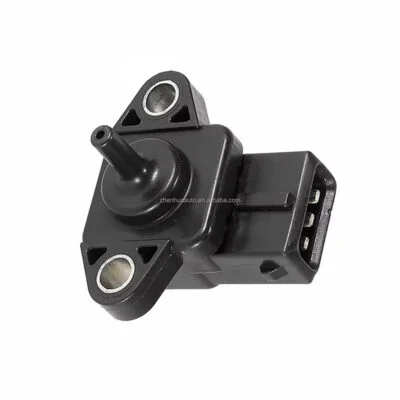
Consequences of a Malfunctioning Air Intake Sensor for Businesses
From a B2B perspective, the impact of a faulty Air Intake Sensor extends beyond individual vehicles. It influences multiple layers of the automotive ecosystem, from manufacturers to distributors and service providers.
Supply chain challenges
Businesses dealing with faulty sensors may face an increased number of returns, warranty claims, and logistical disruptions. If end-users frequently report sensor-related issues, suppliers and distributors must invest additional resources in handling after-sales concerns.
Increased service complexity
For repair shops and service providers, diagnosing a faulty Air Intake Sensor can be time-consuming. When the root cause of poor engine performance is unclear, businesses may face extended repair times, reducing customer satisfaction and limiting service capacity. For example, service providers often test the MAP Air Intake Sensor For Suzuki together with other components to ensure accuracy during troubleshooting.
Reputational risks
Automotive manufacturers and wholesale suppliers depend on consistent quality to maintain trust with partners. If vehicles repeatedly suffer from sensor issues, it could damage long-term relationships and reduce competitiveness in the market.
Financial implications
A malfunctioning Air Intake Sensor affects more than just mechanical efficiency—it increases operating costs, lowers service margins, and generates avoidable expenditures. Businesses operating at scale, such as fleet operators or bulk auto parts distributors, must carefully manage these risks to preserve profitability.
By recognizing these consequences, B2B buyers can appreciate the importance of sourcing reliable sensors from trusted suppliers.
Replacement and Maintenance Strategies for Air Intake Sensors
To minimize business risks and ensure consistent vehicle performance, proactive maintenance and structured procurement strategies are essential.
Prioritize regular inspection
Routine inspection of Air Intake Sensors allows businesses to identify potential failures before they escalate. Mechanics should include airflow monitoring in standard maintenance schedules to catch early warning signs.
Establish replacement guidelines
While sensors are durable, they are not immune to wear and tear. By adopting clear replacement policies, companies can prevent breakdowns and maintain high service reliability. Working closely with a trusted auto parts manufacturer enables businesses to ensure consistent supply and dependable product quality. This practice is especially important for fleet management companies that rely on long-term operational stability.
Optimize B2B procurement
For distributors and repair providers, sourcing reliable parts is critical. Partnering with a wholesale air intake sensor supplier ensures cost-effective access to high-quality components. Bulk purchasing strategies not only reduce unit costs but also provide businesses with greater flexibility in meeting customer demand.
Aftermarket solutions for scalability
Many B2B buyers prefer aftermarket sensor solutions due to their wide availability and competitive pricing. These sensors, when sourced from trusted partners, provide consistent quality and allow businesses to maintain diverse inventories for different vehicle applications.
Bulk supply advantages
A bulk auto parts supply strategy helps minimize downtime for service providers and keeps procurement costs predictable. For wholesalers and distributors, having a stable inventory of Air Intake Sensors ensures readiness to meet urgent market needs.
By focusing on these strategies, B2B buyers can maintain efficiency, strengthen customer relationships, and improve profitability.
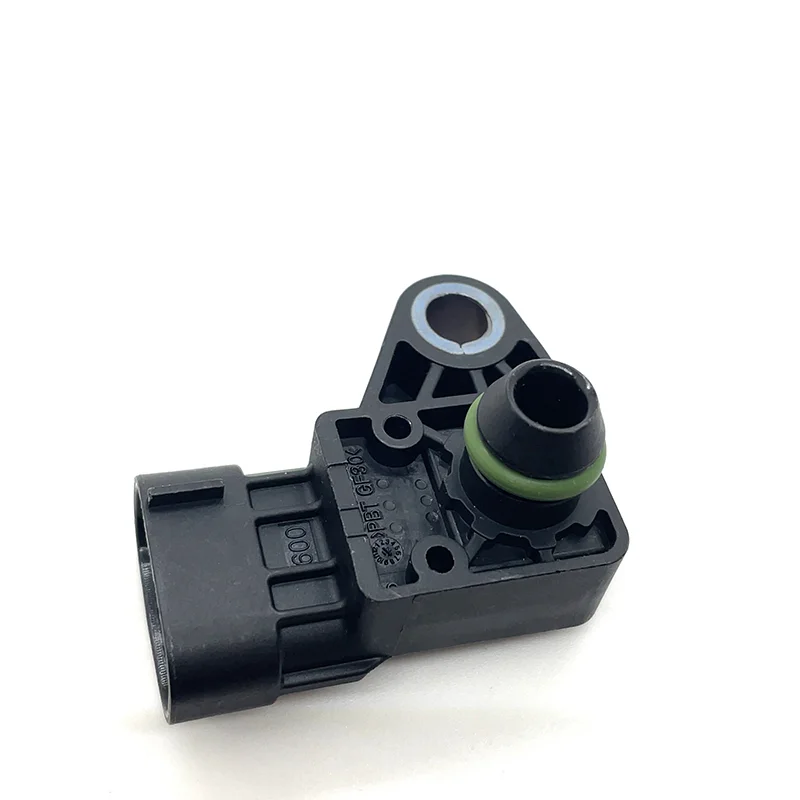
Conclusion: Ensuring Reliability Through Proper Air Intake Sensor Management
The Air Intake Sensor may be a small component, but its impact on vehicle performance and business operations is significant. A malfunctioning sensor can cause unstable engine behavior, higher fuel consumption, and increased emissions, all of which have consequences for automotive companies and service providers.
For B2B buyers, the stakes are even higher. A single faulty sensor can ripple across supply chains, customer satisfaction, and financial performance. To mitigate these risks, businesses must adopt proactive maintenance practices, establish clear replacement guidelines, and build strong procurement partnerships.
Investing in reliable sourcing—whether through wholesale air intake sensors, bulk auto parts supply, or aftermarket sensor solutions—ensures operational stability and long-term growth. By prioritizing quality and consistency, companies can safeguard their reputations, reduce costs, and maintain trust with partners and end-users.
Ultimately, the lesson is clear: proper Air Intake Sensor management is not just about keeping vehicles on the road—it is about securing the future of business operations in a highly competitive automotive market.

